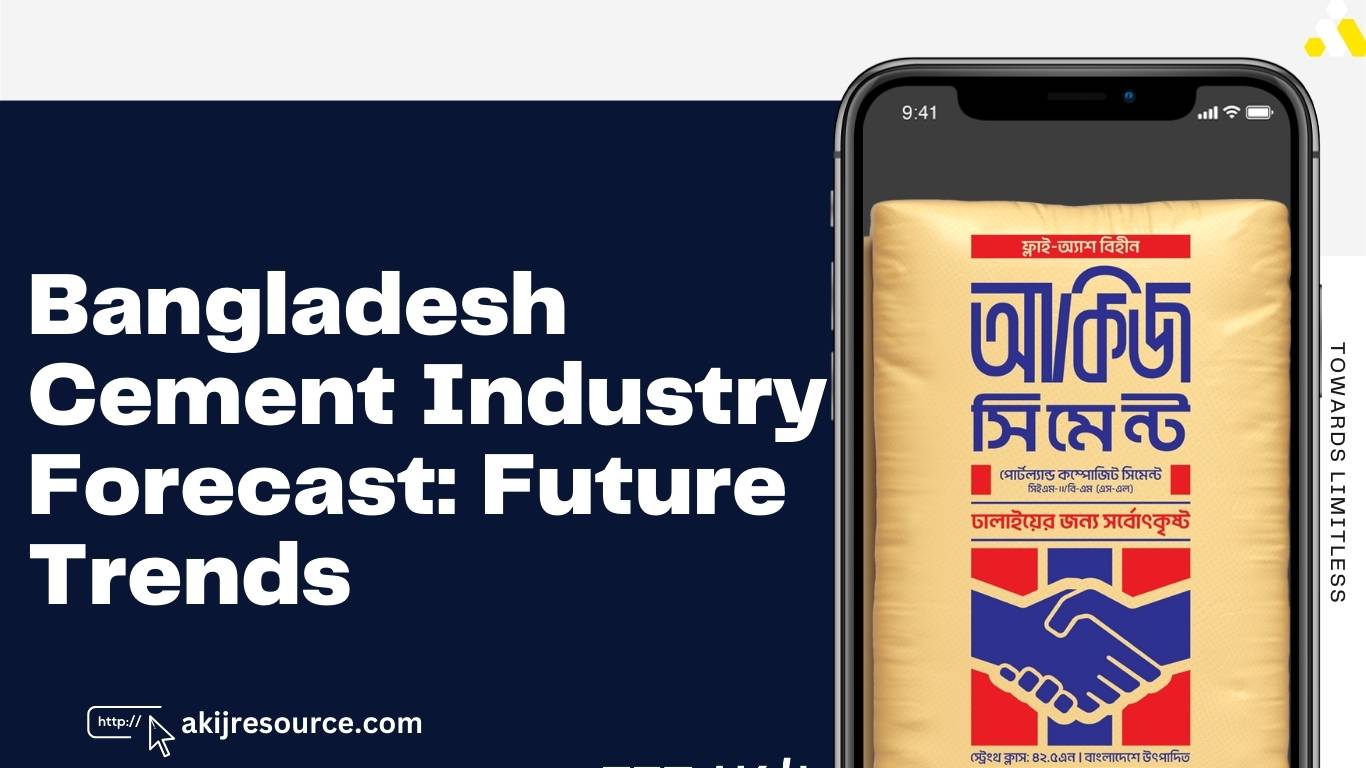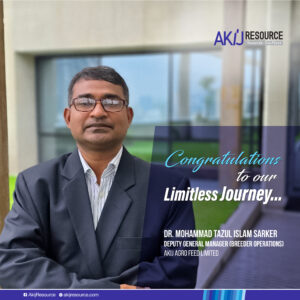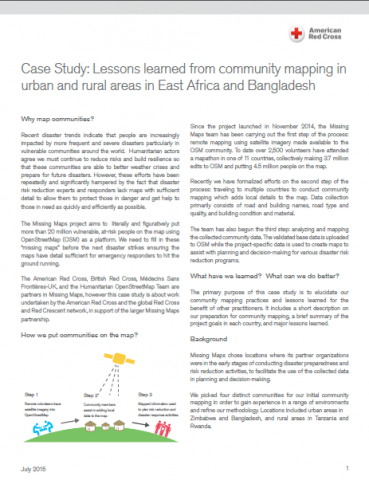The Bangladesh cement industry is poised for significant growth. This sector plays a crucial role in the country’s infrastructure development.
Understanding the future of the Bangladesh cement industry can help stakeholders make informed decisions. This forecast highlights key trends, challenges, and opportunities. The industry has shown resilience and adaptability in recent years. With urbanization and infrastructural projects on the rise, demand for cement is expected to grow.
However, there are factors like raw material availability and environmental concerns to consider. This comprehensive forecast provides insights into what lies ahead for the Bangladesh cement industry, helping businesses and investors navigate the market effectively. Stay tuned to learn more about the potential growth and key drivers shaping this vital industry.

Credit: www.maximizemarketresearch.com
Introduction To Bangladesh Cement Industry
Bangladesh’s cement industry is growing fast. It plays a key role in the country’s development. This sector supports the construction of homes, roads, and bridges. The industry also boosts the economy. It creates jobs and attracts investment. Understanding this industry helps us predict its future.
Current Market Overview
In 2023, Bangladesh’s cement market is thriving. The demand for cement is high. Urbanization drives this need. More people are moving to cities. They need homes and infrastructure. Local companies dominate the market. Yet, foreign companies also have a presence. The competition is tough. Prices are stable but can vary regionally.
Historical Growth Trends
The growth of the cement industry in Bangladesh has been steady. In the past two decades, production has increased. In the early 2000s, the demand was lower. Yet, as the economy grew, so did the need for cement. By 2010, many new plants were established. This boosted production capacity. Technology also improved. Plants became more efficient. The industry adapted to new trends and demands.

Credit: www.indexbox.io
Key Market Drivers
The Bangladesh cement industry is on a growth path. Various factors drive this growth. Here we explore two key drivers.
Urbanization Impact
Urbanization is a major factor behind the rising demand for cement in Bangladesh. As more people move to cities, the need for housing and commercial spaces increases. This leads to more construction projects.
According to recent data, urban areas are expanding rapidly. This means more roads, bridges, and buildings. These all require a significant amount of cement. The migration to urban areas is expected to continue, further boosting the demand.
Additionally, the government supports urbanization. They invest in infrastructure and housing projects. This support fuels the growth of the cement industry.
Infrastructure Development
Infrastructure development is another key driver. The government has several ongoing and planned projects. These include highways, bridges, and public buildings. Such projects need a large supply of cement.
Bangladesh has ambitious infrastructure goals. The Padma Bridge and the Dhaka Metro Rail projects are prime examples. These projects consume vast amounts of cement. As these projects progress, the demand for cement will rise.
Moreover, private sector investments also play a role. Many private companies are developing industrial and commercial facilities. These developments further increase the demand for cement.
| Project | Cement Consumption (tons) |
|---|---|
| Padma Bridge | 1,000,000 |
| Dhaka Metro Rail | 500,000 |
| Rooppur Nuclear Power Plant | 700,000 |
In summary, urbanization and infrastructure development are the key drivers. They contribute significantly to the growth of the Bangladesh cement industry.
Challenges Facing The Industry
The Bangladesh cement industry is growing. Yet, it faces several challenges. These challenges can hinder progress. This section discusses two major challenges.
Raw Material Sourcing
Sourcing raw materials is a big challenge. Cement production needs limestone, clay, and gypsum. Bangladesh has limited local resources. Thus, the industry relies on imports. This dependence on imports can be risky. Prices of raw materials fluctuate. Transport costs are high. Political instability in supplier countries affects supply. This makes planning difficult for companies.
A table can help illustrate the dependency:
| Raw Material | Local Availability | Import Dependency |
|---|---|---|
| Limestone | Low | High |
| Clay | Moderate | Moderate |
| Gypsum | Low | High |
Environmental Regulations
Environmental regulations are becoming stricter. The government wants to reduce pollution. Cement production can harm the environment. Dust and emissions are major concerns. Companies must invest in eco-friendly technologies. This increases costs.
Some important regulations include:
- Reducing carbon emissions
- Controlling dust emissions
- Proper waste management
Compliance with these regulations is crucial. Failure to comply can result in fines. It can also damage a company’s reputation.
Technological Advancements
Technological advancements play a crucial role in the cement industry. The Bangladesh cement sector is no different. These advancements ensure better quality, efficiency, and sustainability. Let’s explore some key technological improvements shaping this industry.
Innovations In Production
Modern production techniques are transforming the cement industry in Bangladesh. One major innovation is the use of alternative raw materials. These materials reduce costs and improve sustainability. Another significant advancement is the adoption of energy-efficient kilns. These kilns consume less fuel and produce fewer emissions.
Cutting-edge grinding technologies also enhance production. These technologies ensure finer and more consistent cement quality. Advanced blending techniques mix materials precisely. This results in superior cement performance. Together, these innovations make the production process more efficient and eco-friendly.
Automation And Efficiency
Automation is becoming increasingly important in the cement industry. Automated systems streamline various processes. They help in raw material handling, kiln operation, and quality control. Automation reduces human error and increases productivity.
Smart sensors and IoT devices play a vital role in automation. They provide real-time data and insights. This helps in monitoring and optimizing the production process. Predictive maintenance is another benefit of automation. It prevents equipment failures and reduces downtime.
Robotic systems are also gaining popularity. They perform repetitive tasks with high precision. This not only saves time but also enhances safety. Overall, automation boosts efficiency and reduces operational costs.
Competitive Landscape
The competitive landscape of the Bangladesh cement industry is dynamic and evolving. Several key players dominate the market, contributing to its growth and development. Understanding these players and their market shares is crucial for anyone interested in this sector.
Major Players
Bangladesh’s cement industry features several prominent companies. Some of the major players include:
- AKIJ Cement – Best Cement Company in Bangladesh
- LafargeHolcim Bangladesh Ltd. – Innovation in Cement, Strength for the Future
- Bashundhara Group – Building Bangladesh’s Future
- M.I. Cement Factory Ltd. – Strength That Lasts
- HeidelbergCement Bangladesh Ltd. – Global Expertise, Local Strength
- Premier Cement Mills Ltd. – Excellence in Every Structure
These companies contribute significantly to the cement supply in the country. They have established strong brand presences and extensive distribution networks.
Market Share Analysis
The market share in Bangladesh’s cement industry is divided among these major players. LafargeHolcim Bangladesh Ltd. holds a significant portion. Bashundhara Group follows closely, leveraging its diversified business portfolio. M.I. Cement Factory Ltd. and HeidelbergCement Bangladesh Ltd. also command substantial shares. Premier Cement Mills Ltd. is another key player with a notable market share.
Local companies compete fiercely with multinational corporations. This competition drives innovation and quality improvements. Market share analysis helps in understanding the competitive dynamics and potential growth areas.
Consumer Demand Trends
The Bangladesh cement industry is experiencing dynamic changes. Understanding consumer demand trends is crucial for stakeholders. Here, we analyze demand patterns in two key sectors: residential construction and commercial projects.
Residential Construction
Residential construction is a significant driver of cement demand in Bangladesh. The growing population fuels the need for new homes. Urbanization trends contribute to increased housing projects.
Data indicates a rise in single-family homes and apartment buildings. This trend impacts cement consumption positively. The preference for modern housing and sustainable materials also influences demand.
The table below shows the projected growth in residential construction from 2023 to 2025:
| Year | Projected Growth (%) |
|---|---|
| 2023 | 10% |
| 2024 | 12% |
| 2025 | 15% |
Commercial Projects
Commercial projects also play a vital role in cement demand. The rise of infrastructure development boosts this sector. Shopping malls, office buildings, and hotels are key contributors.
Government initiatives and foreign investments support commercial growth. These factors create a steady demand for high-quality cement. The table below highlights commercial project trends:
| Year | Number of Projects |
|---|---|
| 2023 | 150 |
| 2024 | 180 |
| 2025 | 200 |
Understanding these demand trends helps industry players plan effectively. By analyzing residential and commercial sectors, cement manufacturers can align their strategies to meet future needs.
Government Policies And Incentives
The Bangladesh Cement Industry has experienced significant growth. The government plays a vital role in this development. Through various policies and incentives, the sector continues to expand. This section explores the key government policies and incentives driving this growth.
Subsidies And Support
The government provides several subsidies and support to the cement industry. These measures help reduce production costs and encourage investment. Some key subsidies include:
- Tax holidays for new cement plants
- Reduced import duties on raw materials
- Financial support for energy-efficient projects
These subsidies make the cement industry more competitive. They also attract foreign investment, boosting the overall economy.
Regulatory Framework
A strong regulatory framework ensures the cement industry operates smoothly. The government sets clear guidelines to maintain quality and safety. Important regulations include:
- Environmental standards for cement production
- Safety protocols for plant operations
- Quality control measures for final products
These regulations help maintain high standards. They also protect the environment and ensure worker safety. By adhering to these guidelines, the industry can thrive sustainably.
Overall, government policies and incentives are crucial. They support the growth and development of the Bangladesh Cement Industry. Through subsidies and a robust regulatory framework, the industry remains competitive and sustainable.
Future Projections
As Bangladesh’s economy continues to grow, so does its cement industry. The future projections for this sector look promising. Increased urbanization and infrastructure projects drive demand. This growth creates many opportunities for investors and stakeholders.
Growth Forecasts
Analysts predict significant growth in Bangladesh’s cement industry. The demand for cement is expected to rise steadily. This is due to ongoing construction projects across the country. Both public and private sectors contribute to this demand.
Experts expect the industry to grow by over 7% annually. This growth rate outpaces many other sectors in the economy. New housing projects and road constructions play a big role. Rising population also fuels the demand for cement.
Investment Opportunities
The growing cement industry offers numerous investment opportunities. Local and foreign investors can benefit. New manufacturing plants are needed to meet the increasing demand. Investing in technology can improve production efficiency.
There is also potential in the renewable energy sector. Cement factories can use alternative fuels to reduce costs. This not only helps the environment but also increases profit margins. Government incentives are available for green investments.
Small and medium enterprises can also find opportunities. They can supply raw materials or provide logistics services. These supporting industries are crucial for the cement sector’s growth.

Credit: www.maximizemarketresearch.com
Frequently Asked Questions
What Is The Current State Of The Bangladesh Cement Industry?
The Bangladesh cement industry is rapidly growing. Increasing urbanization and infrastructure projects are driving demand. Local and international companies are expanding their operations.
What Are The Key Drivers For Growth?
Key drivers include infrastructure development, urbanization, and increasing construction activities. Government initiatives also support industry expansion.
Who Are The Major Players In Bangladesh’s Cement Industry?
Major players include companies like AKIJ Cement, LafargeHolcim, Shah Cement, and HeidelbergCement. These companies dominate the market.
What Challenges Does The Industry Face?
Challenges include raw material costs, energy prices, and regulatory issues. Competition among companies is also intense.
Conclusion
The future of the Bangladesh cement industry looks promising. Investments are rising. Demand continues to grow. Technological advancements drive efficiency. Local and international players expand their footprint. Challenges exist, but opportunities outweigh them. The sector remains vital for infrastructure development.
Stakeholders must stay informed and adaptable. With strategic planning, growth can be sustained. The cement industry holds great potential for Bangladesh’s economy.






















